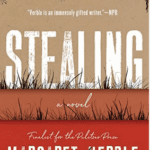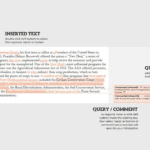originally posted June 25, 2021;
no text revisions to date—
I was reminded today about the importance of applying an accurate setting in works of historical fiction. Yes, it’s fiction, but most popular (and successful) historical fiction is rooted in history, at least at some point, and, since many such works enter the realm of fiction with their characters and characterizations, having an accurate setting is a fairly easy place to be historical.
What made me think about this topic was a Quora post by Helena Schrader that answered the question “How clean were medieval people?” (read her text, then scan through the comments for more information). Helena P. Schrader is a historian, nonfiction writer, and award-winning novelist, and the opening lines of her reply caught my attention:
A favorite Hollywood convention is to portray people in the Middle Ages as filthy. Mice run across dinner tables while dogs fight over bones [underneath]. Noblemen wipe their mouths on their sleeves . . . and toss the bones from their plates over their shoulders. The poor are consistently depicted in filthy (and usually ragged) clothing and mud-encrusted boots.
Her educational response shares documented evidence to oppose those “Hollywood” images by revealing insights into bathing and general hygiene, clothes washing, and early plumbing during the time. Interestingly, she closes her article by suggesting where those popular images of uncleanliness arose.
So, remember to not perpetuate popular imagery for your time and place settings, but do a little research while crafting your works of historical fiction—make sure they have some roots in history!
Stephen, the-freelance-editor,
where we work with our clients to help them say
what they want to say to the audience they want to reach.
Contact us, even when you just think you might be needing us!
And, please like or share this post or leave a comment—
on any of our growing social media outlets.
image information: Featured image, via Medievalists.net, where it was used as artwork (uncredited, to the best of my knowledge) for a blog post titled “Did people in the Middle Ages take baths?”; in addition to its running text and other illustrations, the post contains a short list of resources.







